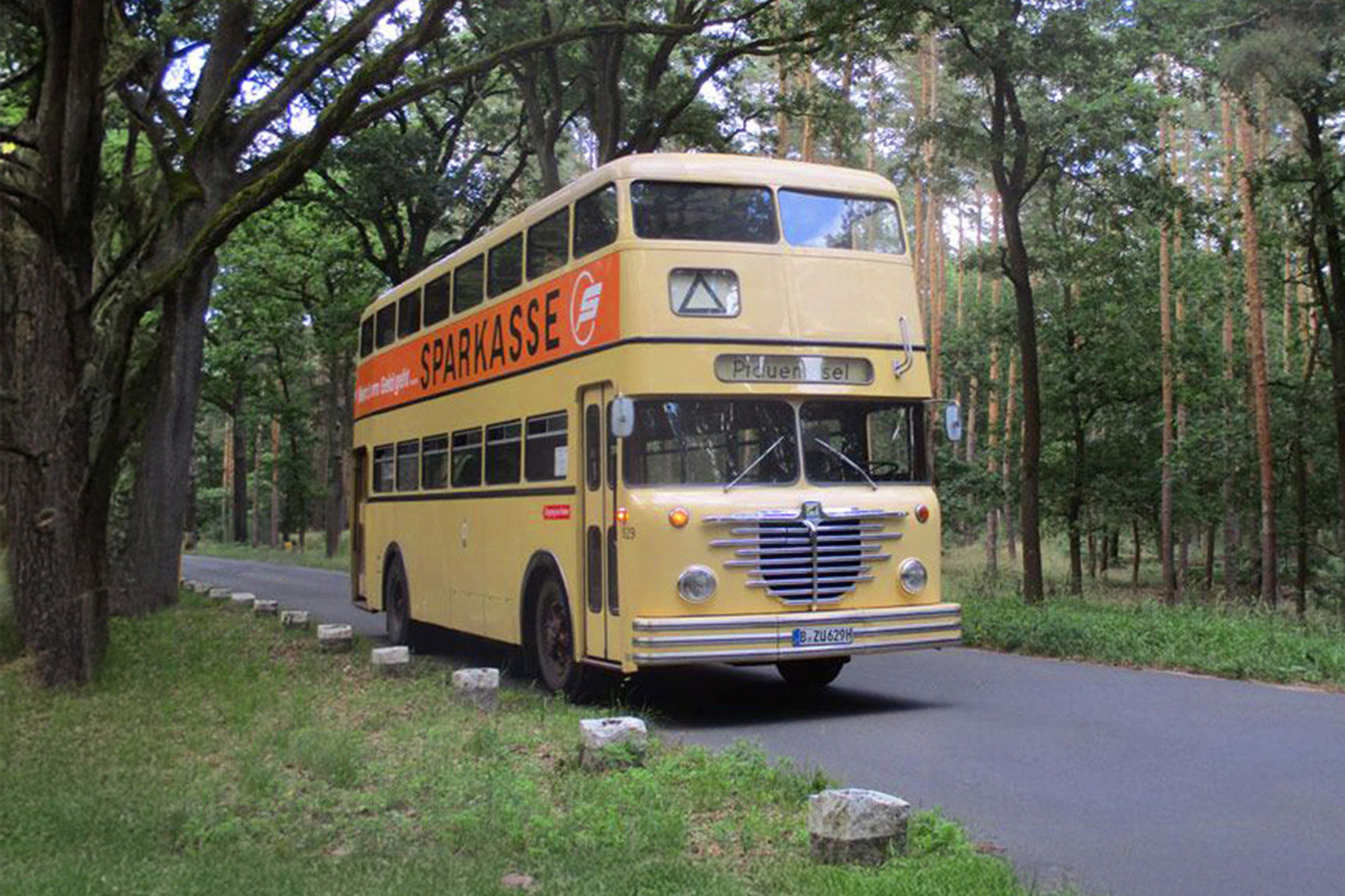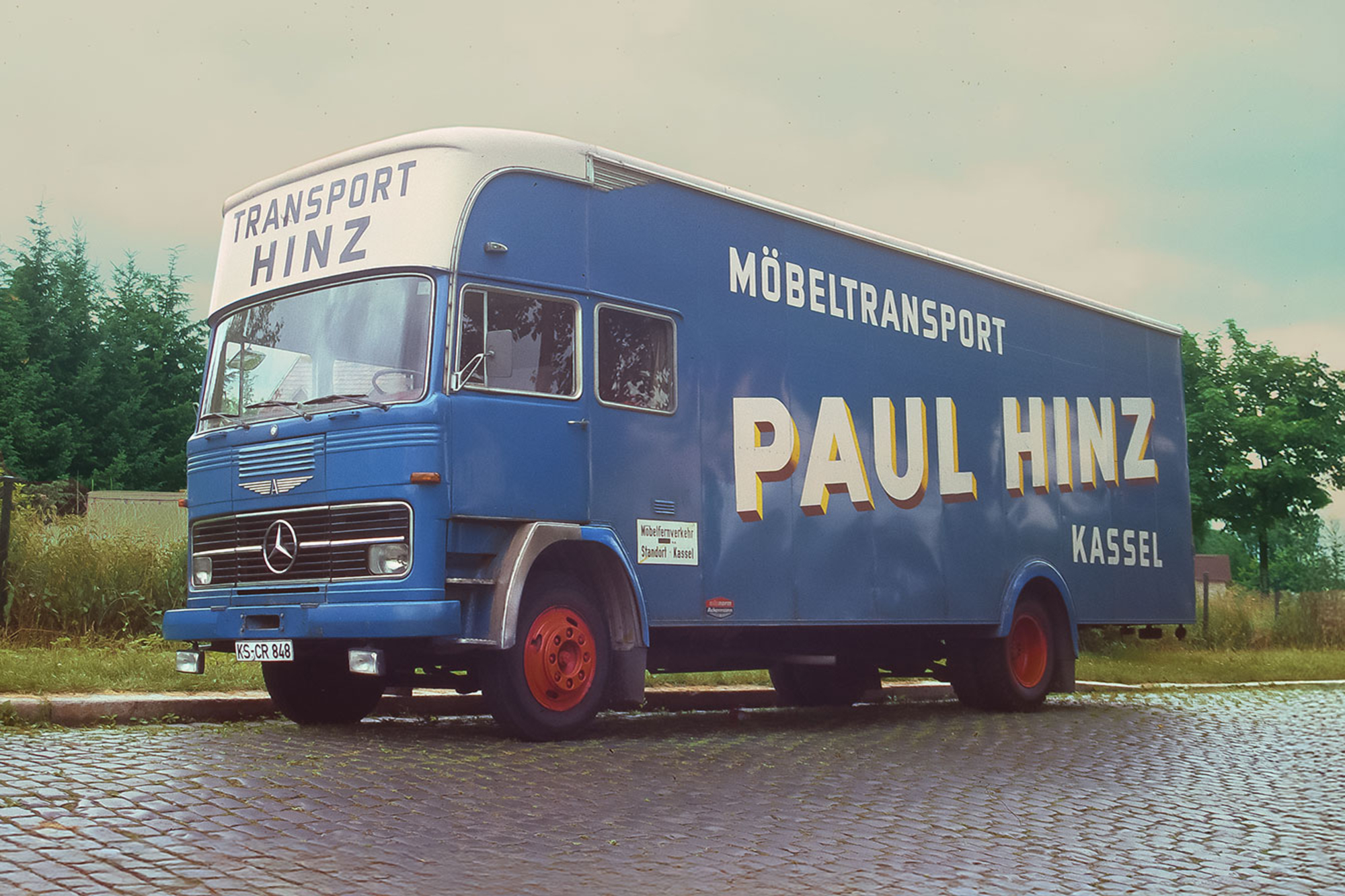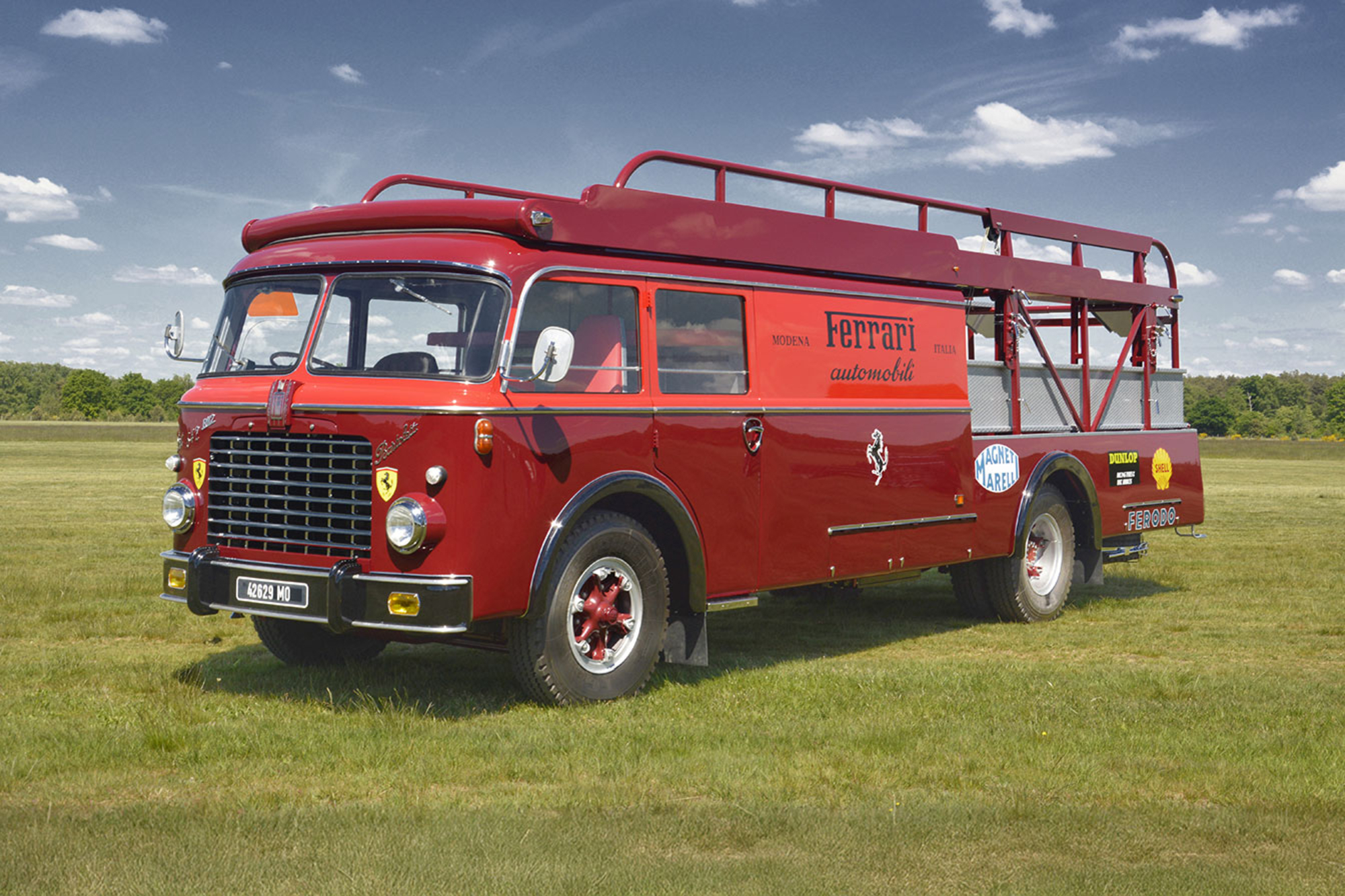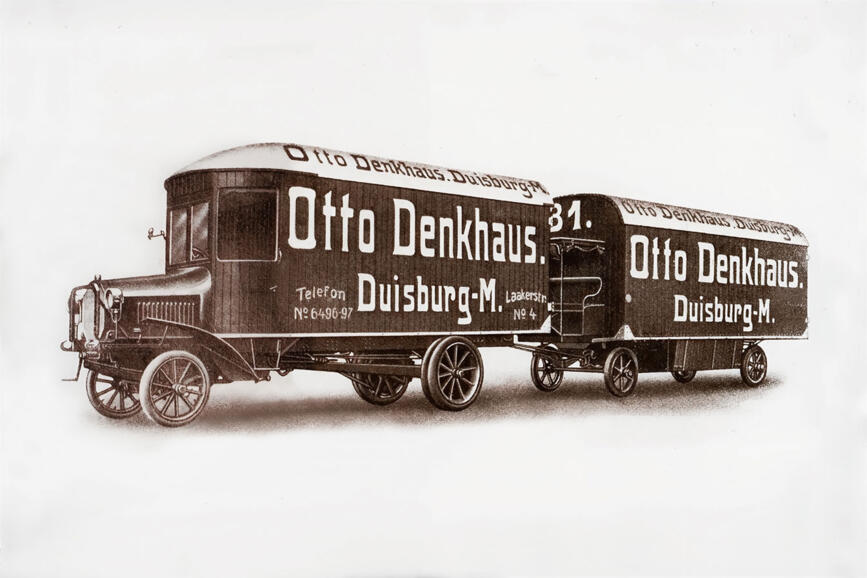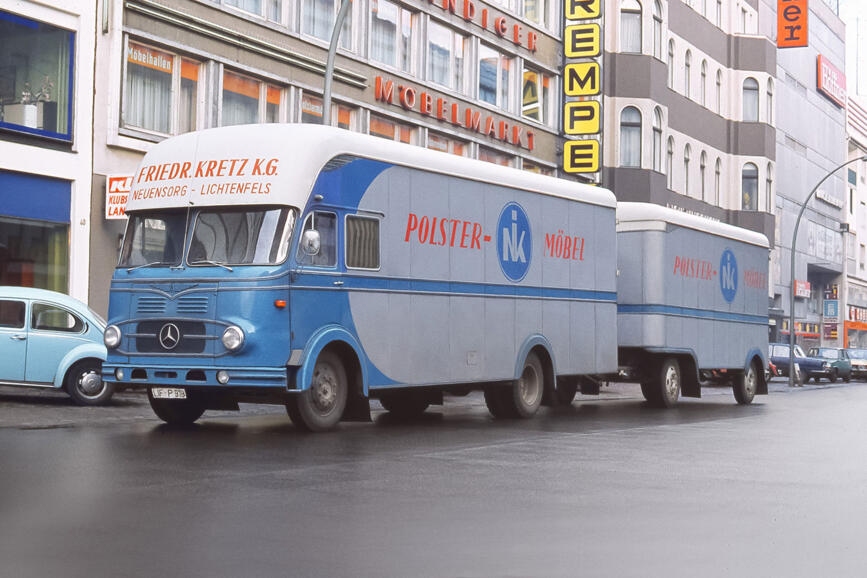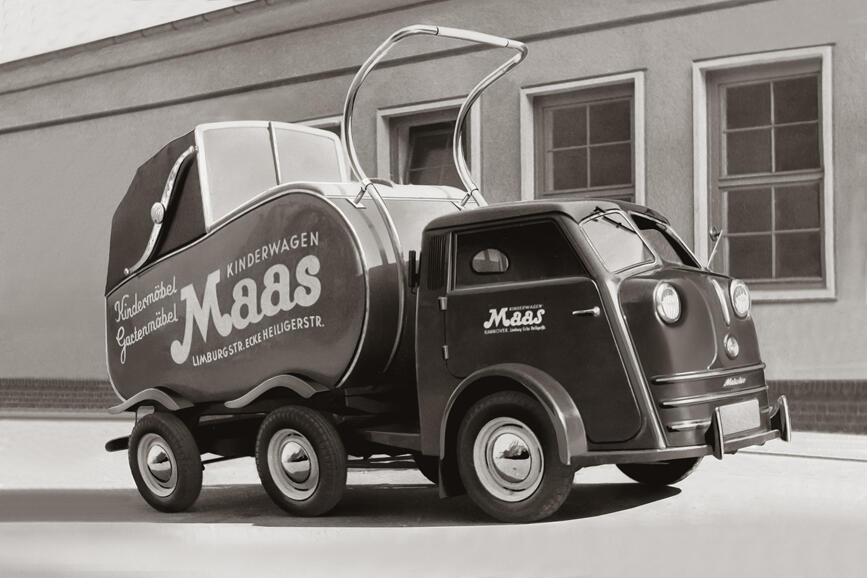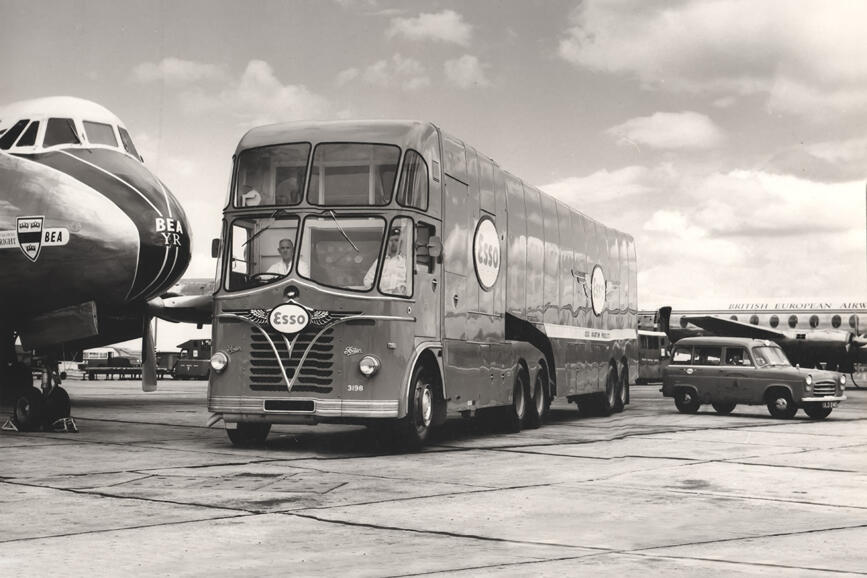Cuba Report: Private passenger transport with truck conversions
The omnibus trucks of the "Cuentapropistas"
In Cuba, in addition to numerous cars, there are many commercial vehicles from the 1950’s on the road, built in the USA, the former Eastern Bloc, Asia and Europe. Our article is about vintage trucks built with unique bus bodies. All over Cuba they chug from place to place, often lovingly restored and lavishly painted. Alongside regular buses they play an important role in passenger transport on the approximately 777-mile-long Caribbean island.
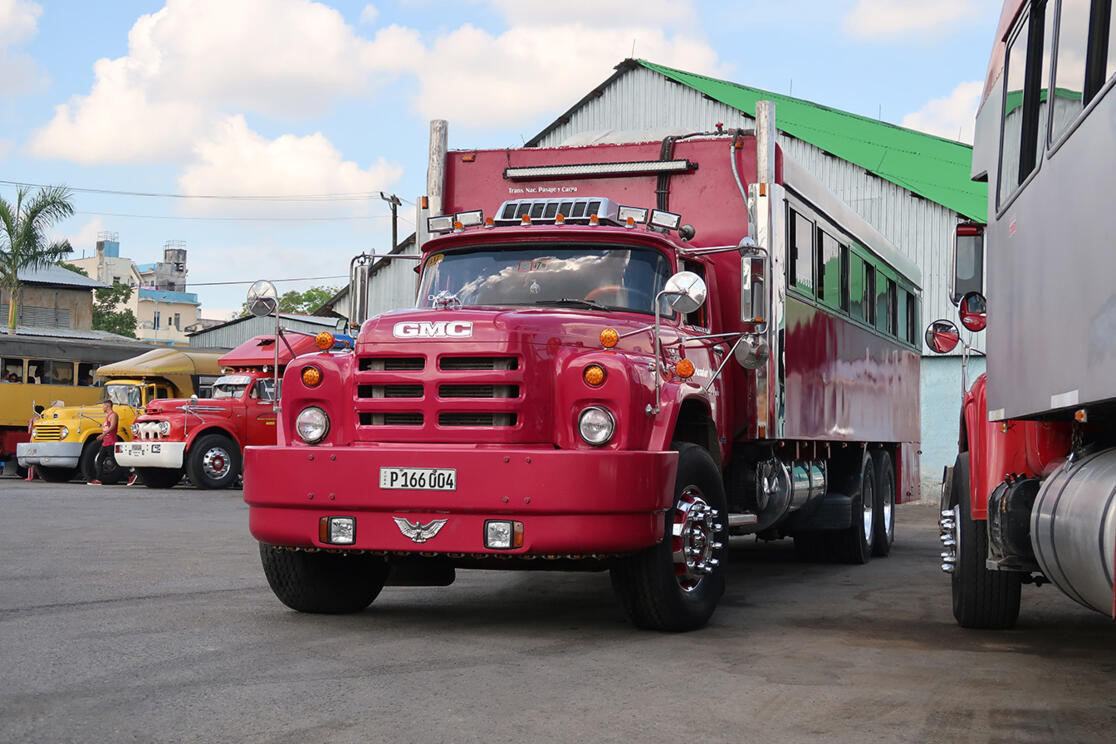
Trucks with omnibus bodies are not uncommon in Cuba. Since the government allowed private companies to operate, they have become an important part of the passenger transportation network. For this purpose, American and Russian trucks from the 1950s and 1960s were converted into omnibuses. In the past, they were equipped with flatbed bodies for transporting sugar beets. But today, as passenger transport vehicles, they add to the fascination of the streetscape on the approximately 750-mile-long Caribbean island.
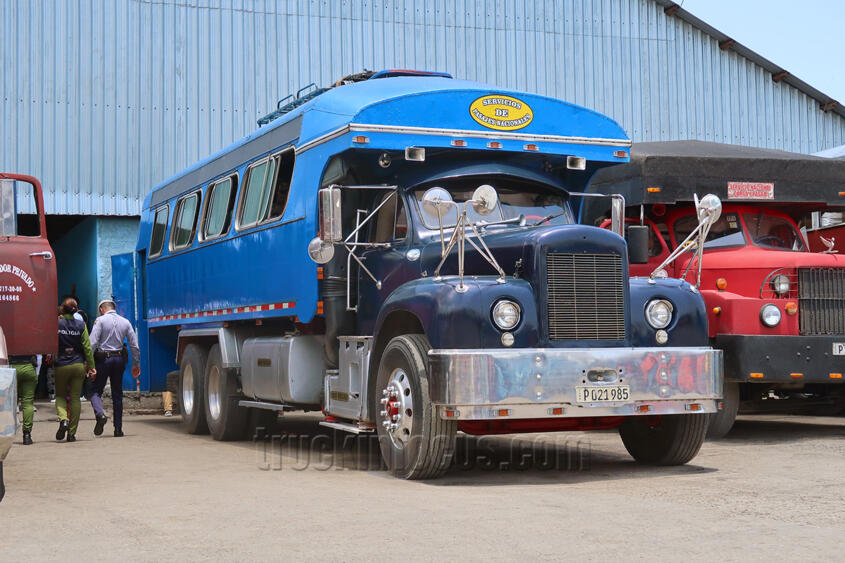
After the revolution in 1953, Cuba became a socialist country under the leadership of Fidel Castro. The U.S. response was a trade embargo that was gradually tightened. No American product was allowed to be shipped to Cuba anymore. Tens of thousands of American-made automobiles were cut off from the supply of spare parts.
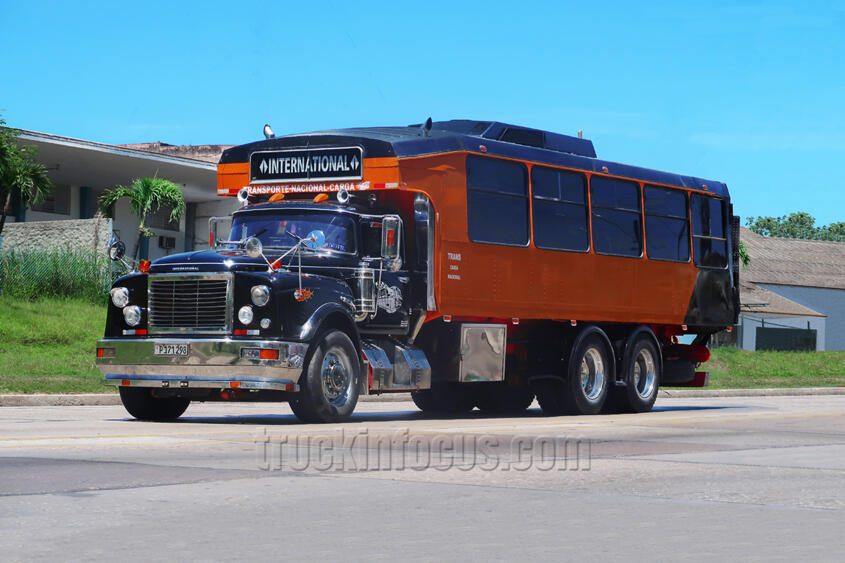
But the blockade made the Cubans inventive. Anything that no longer worked was repaired, and a culture of recycling, remanufacturing and the production of individual parts developed. To this day, there are no junkyards in Cuba, because everything can be used to put a vehicle back together again. Every part already has a new purpose waiting for it.
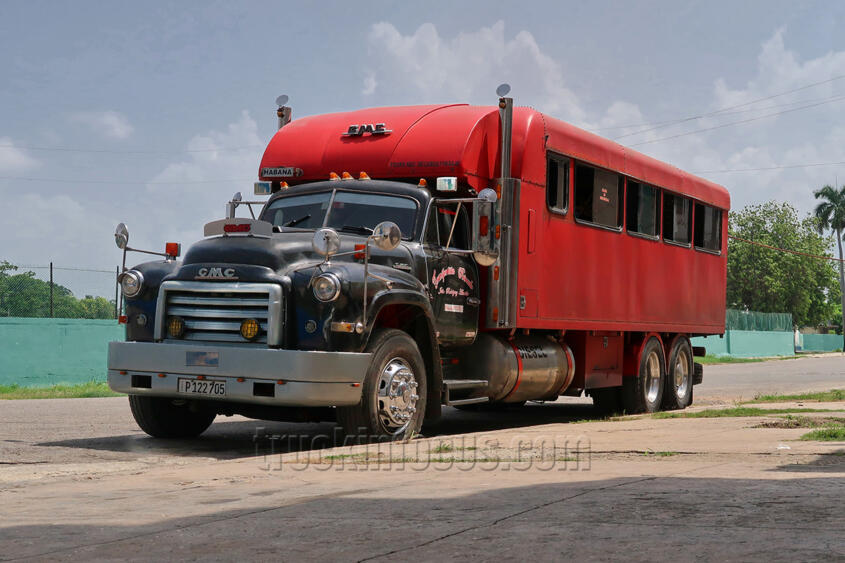
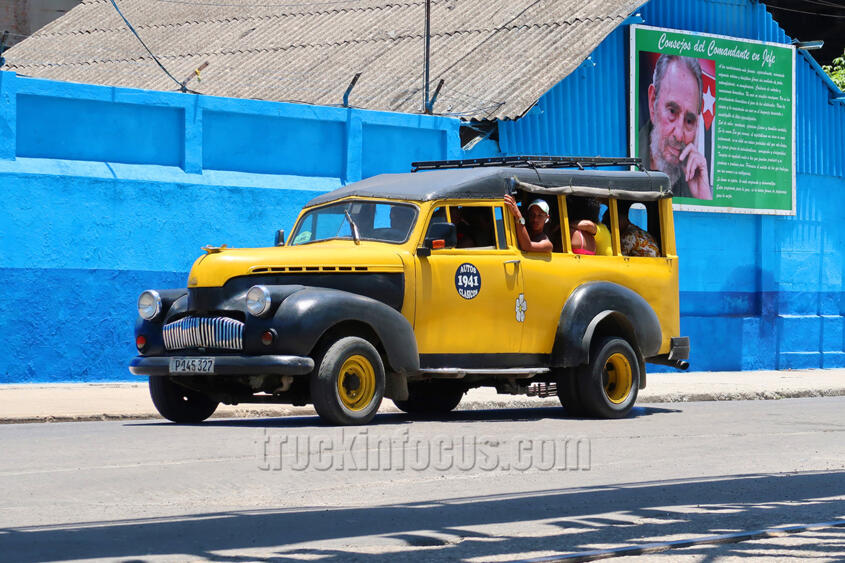
Meanwhile, American vehicles are not the only ones in use. The Soviet Union stepped in and shipped passenger cars and trucks to Cuba, mostly of the ZIL and Kamaz brands. Almost all other countries of the former Eastern Bloc also supplied the Caribbean island until the 1990s. Nowadays, there are also many Chinese vehicles on the road in the commercial vehicle sector, especially trucks from CNHTC, JAC and Beiben. All together they form an incredibly interesting mix of brands.
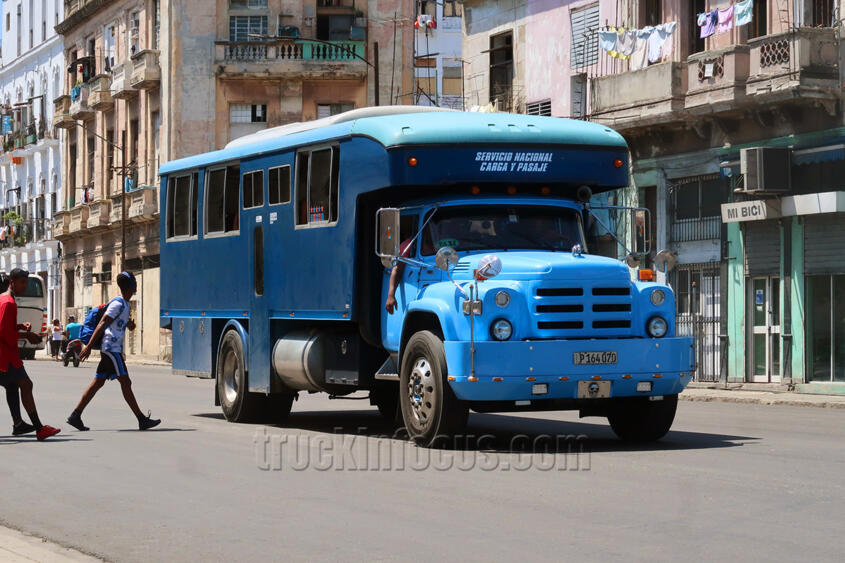
Body shops and mechanics contribute their share to the diversity. Components can be mixed and matched, and hoods and cabs of completely different origins are often assembled in a surprisingly harmonious way. In addition, engines and transmissions rarely come from the manufacturer whose emblem adorns the front.
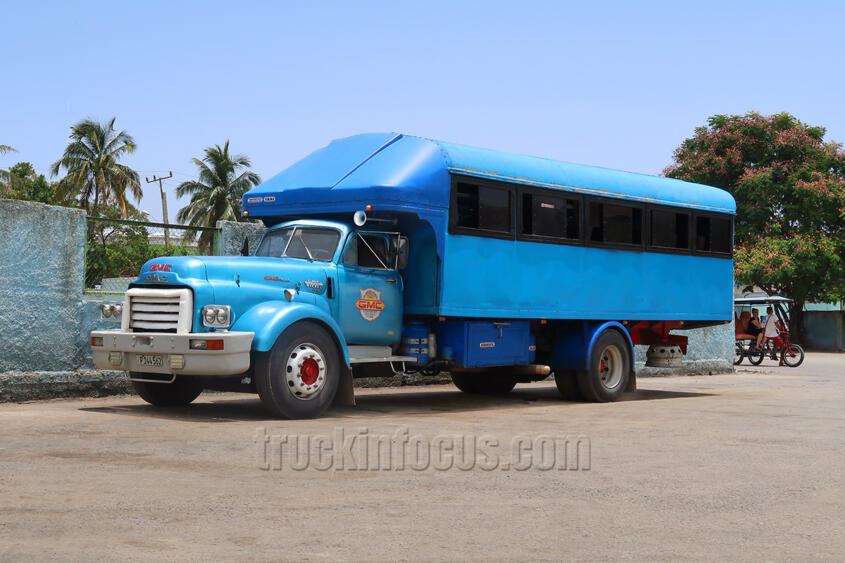
Especially in the field of public transport, one encounters the most wondrous creations. For in addition to the numerous state-operated omnibuses, often of Chinese origin, which attempt to handle passenger transportation in regular service, countless converted "camiones" also carry passengers from place to place. They are operated by independent entrepreneurs.
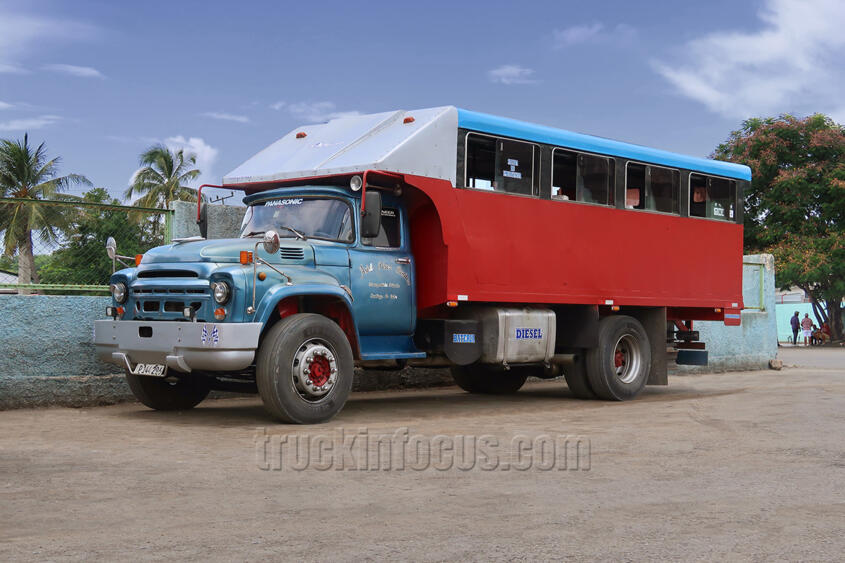
Since 2010, during Raul Castro's reign, Cuba has also allowed private sector companies to exist, although under strict conditions. Socialist-Marxist doctrine was modified, mainly because the inadequate system of passenger transportation did not allow any other option. Meanwhile, "cuentapropistas", i.e., small entrepreneurs working for themselves, are also authorized in other sectors. They are mainly engaged in gastronomy and handicrafts, as well as in the rental of housing. In total, there are already more than half a million self-employed, a third of whom are women.
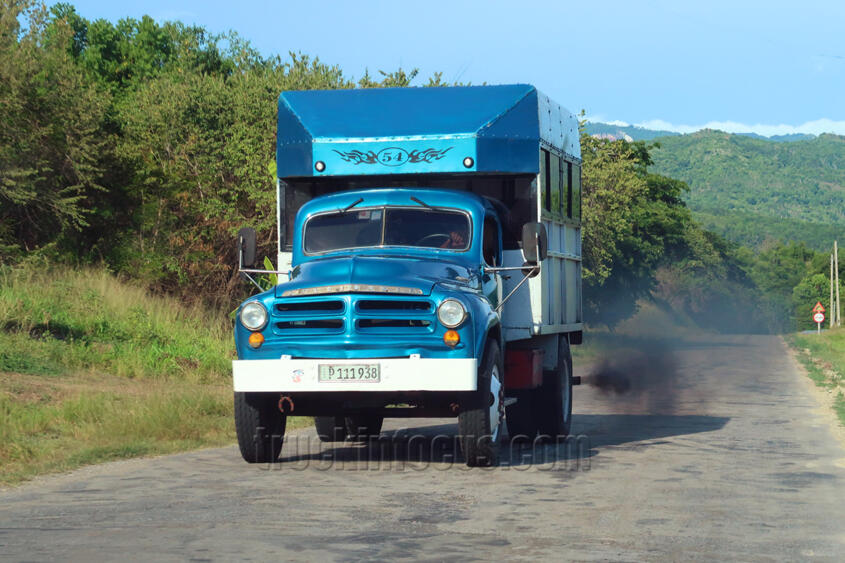
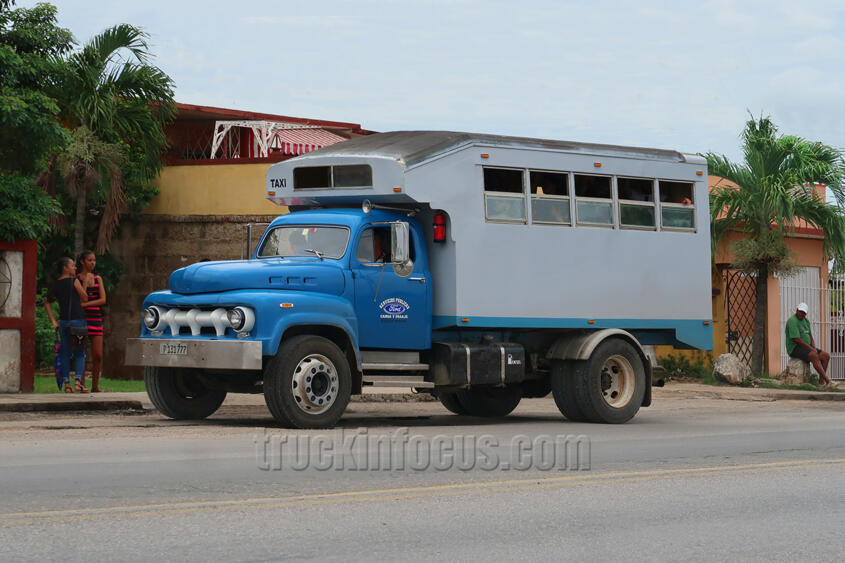
However, the transport sector contains the potential for conflict due to the cuentapropistas. The issue here is the prices charged by private entrepreneurs. Tickets are sometimes too expensive, as state inspectors discover from time to time. The high rates are then justified by fuel and tire costs. Against this, it is argued that some bus operators accumulate illicit wealth, which is still a no-no in a socialist-oriented state. But no one objects if the vehicles radiate something akin to luxury, with expensive chrome parts and other frills.
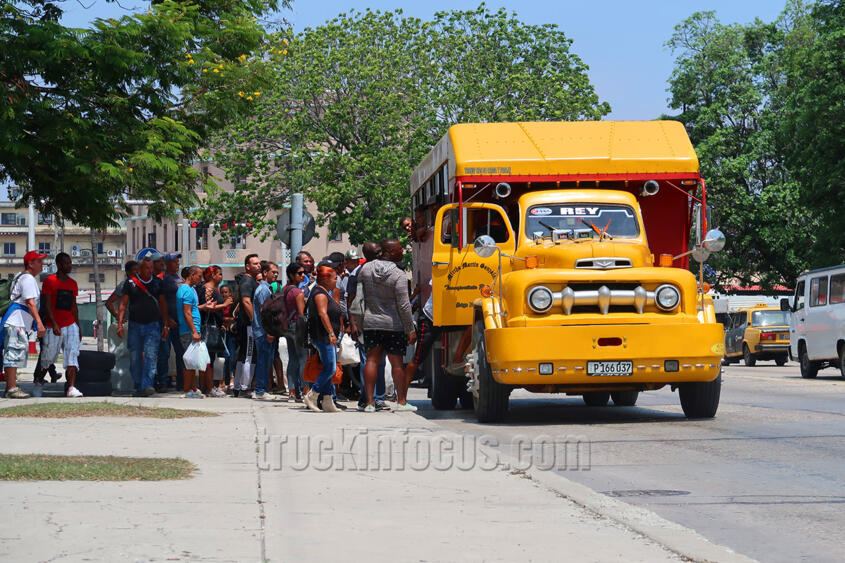
In addition to the sometimes barely recognizable bus stops, there are so-called "terminales", i.e. bus stations, in the larger cities. There, colorful vehicles line up to pick up passengers and transport them to all parts of the country.
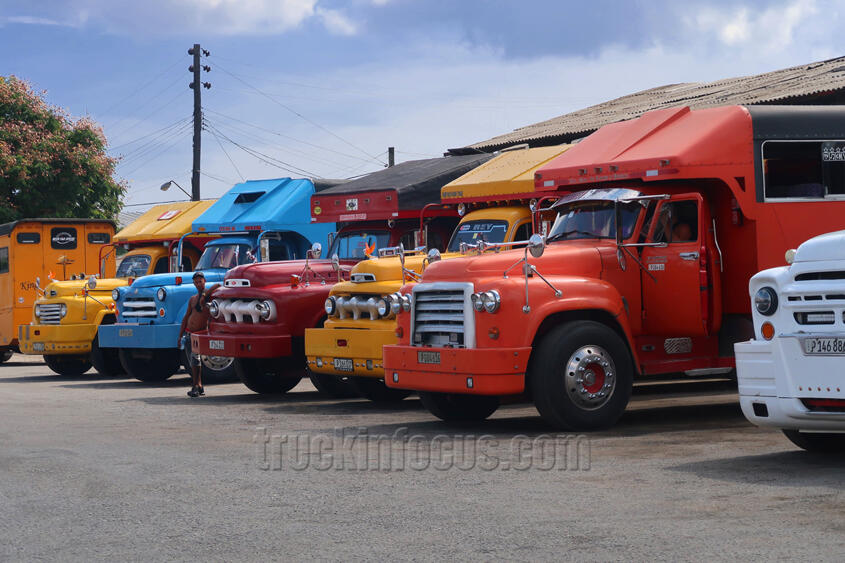
When looking at the completely different compositions of the trucks with bus bodies, it is hard not to marvel. There are extremely elegant, elaborately designed and imaginatively painted examples, but there are also less spectacular bus-trucks that simply do their job. All in all, they are pleasing to the eye, especially if the viewer comes from another part of the world, has never seen anything like them and also has a fondness for vintage commercial vehicles.
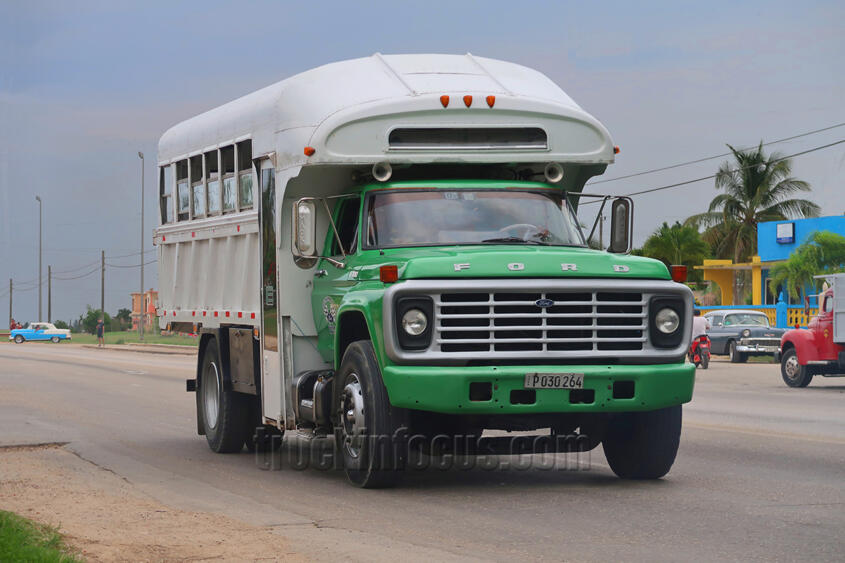
Text and photos: Steve St.Schmidt
